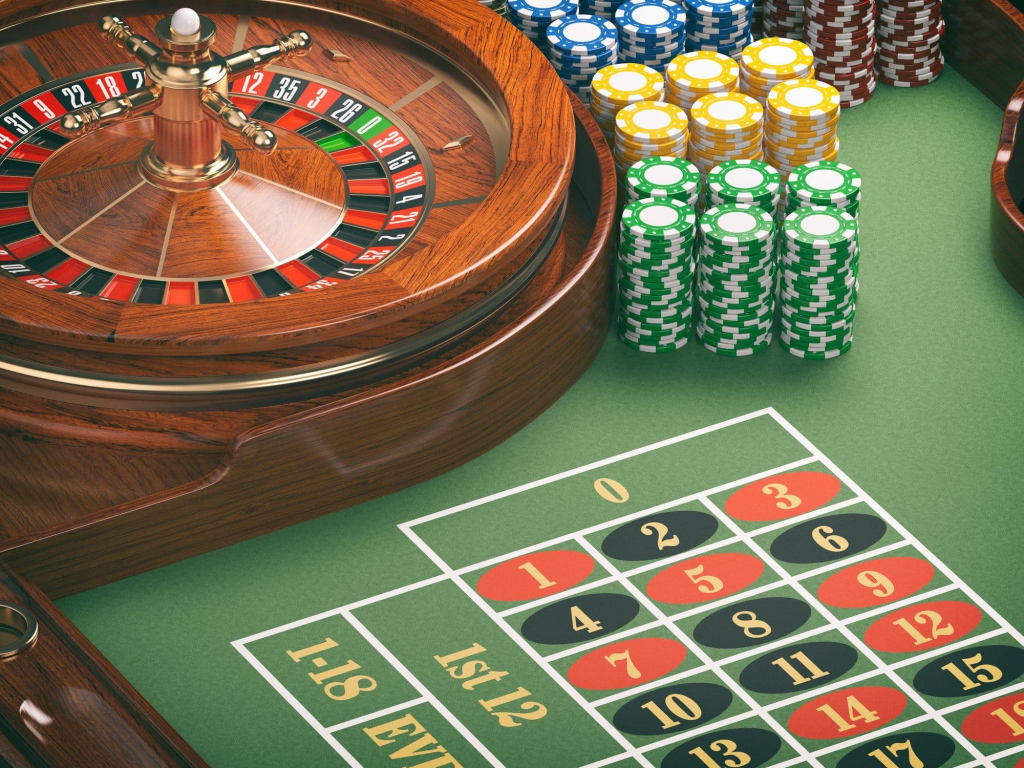Introduction
In the world of sports, few garments hold as much cultural and emotional significance as the basketball jersey. These iconic jerseys are more than just uniforms; they are symbols of team pride, individual prowess, and the enduring legacy of the game. In this article, we will delve into the history, design, and cultural impact of the basketball jersey, exploring its evolution from the hardwood to mainstream culture according to Prosportshack.
The Birth of the Basketball Jersey
The history of the basketball jersey is intertwined with the evolution of the sport itself. Basketball was invented by Dr. James Naismith in 1891, and in the early years, players wore casual clothing like gym shorts, T-shirts, and even button-up shirts. As the sport gained popularity and transitioned from indoor gymnasiums to larger, more formal arenas, the need for distinctive uniforms became apparent.
The first basketball jerseys were relatively simple, featuring long sleeves and a loose-fitting design. They were typically made from wool, a material that could become quite heavy and uncomfortable when soaked with sweat. The lack of numbers, logos, or other distinguishing features meant that identifying players was often a challenge for spectators.
Evolution of Basketball Jerseys
The basketball jersey has undergone significant changes since its inception. Here are some key milestones in its evolution:
- Materials: As technology advanced, the materials used in basketball jerseys evolved. Wool gave way to more breathable and moisture-wicking fabrics like polyester, which improved player comfort and performance.
- Short Sleeves: The first basketball jerseys featured long sleeves. However, the introduction of short-sleeved jerseys in the 1940s and 1950s marked a significant departure from tradition. Short sleeves allowed for greater freedom of movement and became a defining characteristic of basketball uniforms.
- Numbers and Names: Player identification became more accessible with the addition of numbers on the front and back of jerseys. Names of players, often displayed above the number on the back, also became standard, making it easier for fans to connect with their favorite athletes.
- Logos and Team Branding: As basketball grew in popularity, teams began incorporating logos, team names, and unique designs into their jerseys. These elements not only showcased team pride but also contributed to the marketing and branding of the sport.
- Alternate and Throwback Jerseys: In addition to their primary home and away jerseys, teams began introducing alternate jerseys with distinctive colors and designs. Throwback jerseys, inspired by earlier eras of the sport, pay homage to the history and nostalgia of basketball.
- Performance Enhancements: Modern basketball jerseys are designed with performance in mind. They incorporate innovative materials and construction techniques to wick away moisture, enhance breathability, and reduce weight, all of which contribute to improved player comfort and performance.
Cultural Impact of the Basketball Jersey
The basketball jersey has transcended its functional role to become a cultural icon with profound significance. Here’s why the basketball jersey holds such cultural importance:
- Team Identity: Basketball jerseys serve as powerful symbols of team identity. The team’s colors, logos, and designs become instantly recognizable to fans, forging a deep emotional connection between the team and its supporters.
- Fan Apparel: Basketball jerseys are among the most popular items of fan apparel in sports. Fans proudly wear jerseys with their favorite player’s name and number, showing their unwavering support for the team. It’s a way for fans to feel like a part of the action, even from the stands.
- Fashion Statement: Beyond the basketball court, jerseys have found their way into mainstream fashion. They are worn by celebrities, trendsetters, and fashion enthusiasts, making a bold statement and blurring the lines between sportswear and streetwear.
- Nostalgia: Throwback jerseys, in particular, evoke feelings of nostalgia and fond memories of iconic players and moments from the past. They celebrate the history of the sport and serve as a bridge between generations of fans.
- Individual Player Branding: Star players often become synonymous with their jerseys. The association between a player and their jersey number can become an integral part of their personal brand, leading to jersey sales and merchandise featuring their name and number.
- Collectibles: Basketball jerseys are highly sought-after collectibles. Game-worn jerseys, especially those from legendary players or significant moments, can command high prices at auctions and are treasured by collectors.
Conclusion
The basketball jersey is more than just a piece of sportswear; it is a symbol of the enduring spirit of basketball, a connection between fans and their teams, and a reflection of the sport’s ever-evolving identity. From its humble beginnings as a functional uniform to its current status as a cultural icon, the basketball jersey continues to evolve and captivate fans around the world.
Whether you’re watching a game courtside, proudly wearing your favorite player’s jersey, or collecting throwback jerseys as tokens of basketball history, the basketball jersey remains a powerful symbol of the sport’s impact on our culture and our hearts. It’s a garment that encapsulates the passion, pride, and excitement of basketball, transcending the boundaries of the hardwood to become an enduring part of our collective consciousness.




